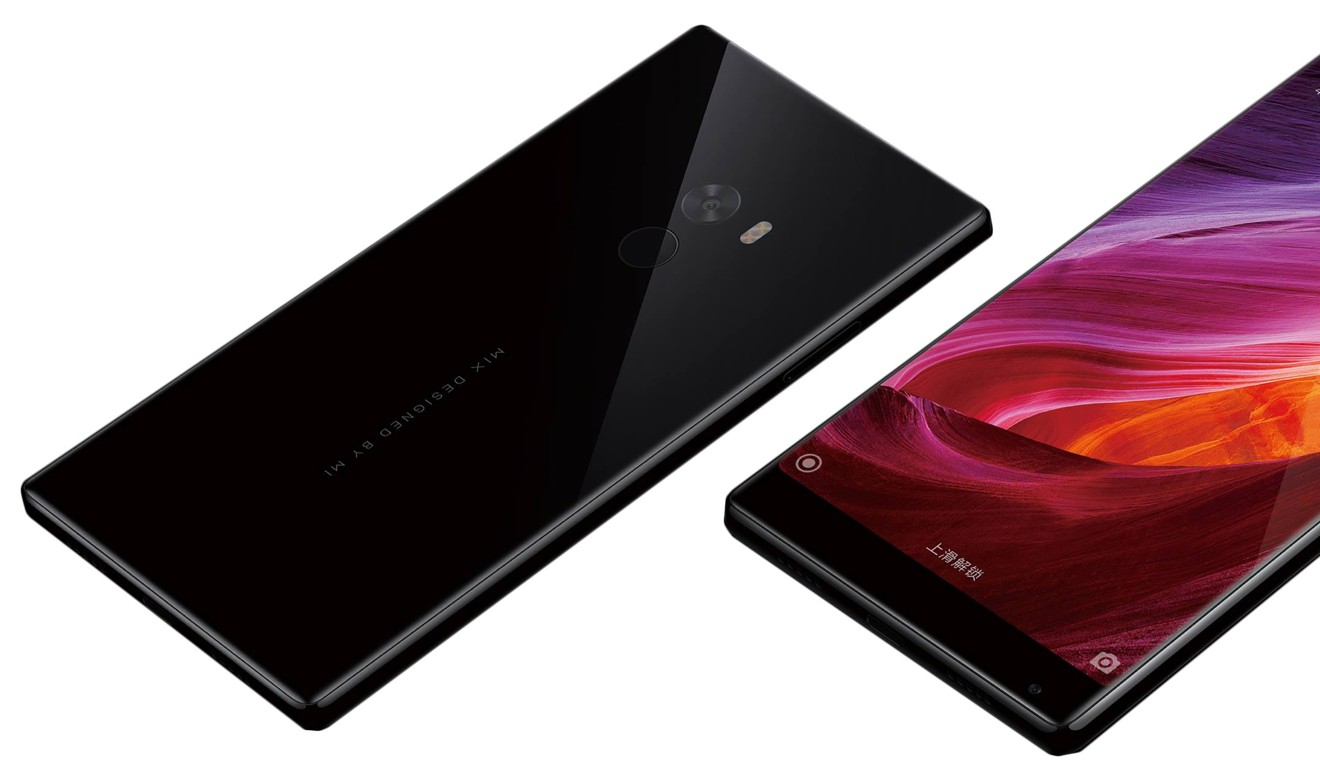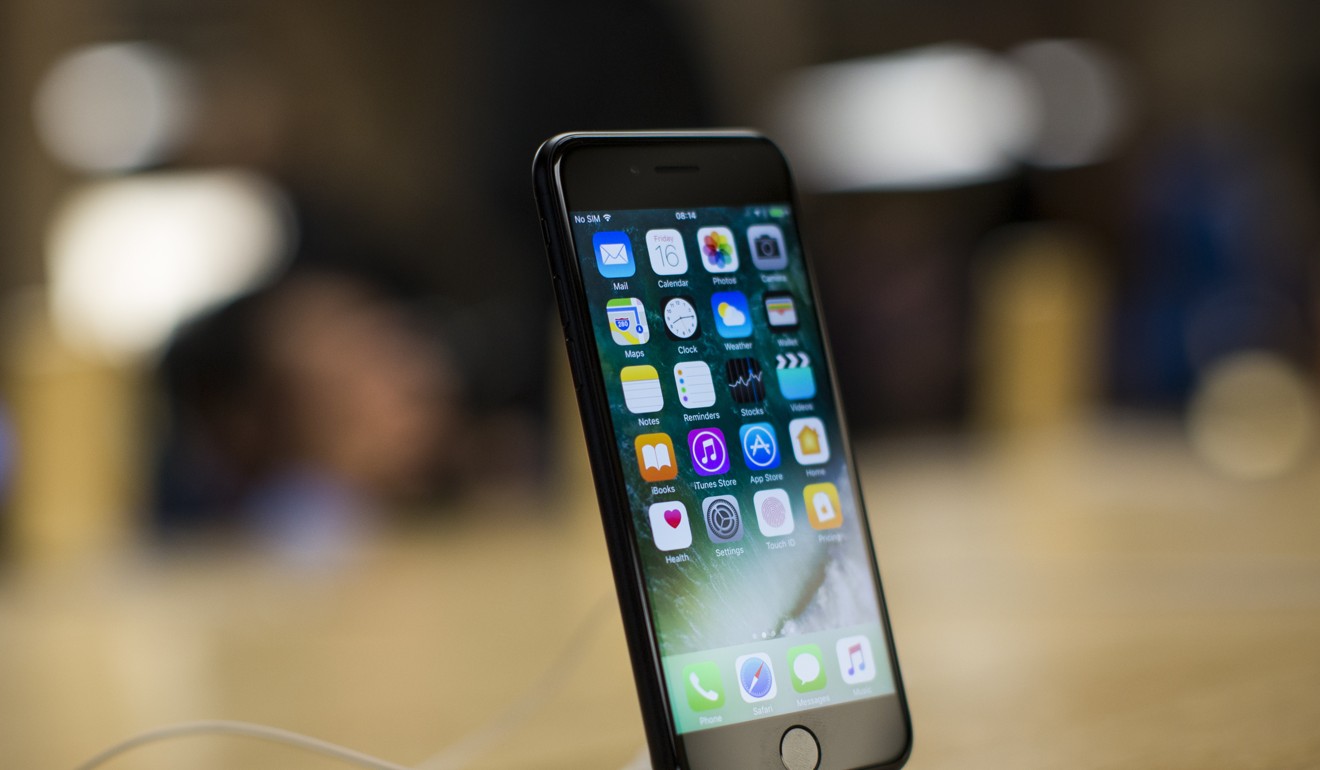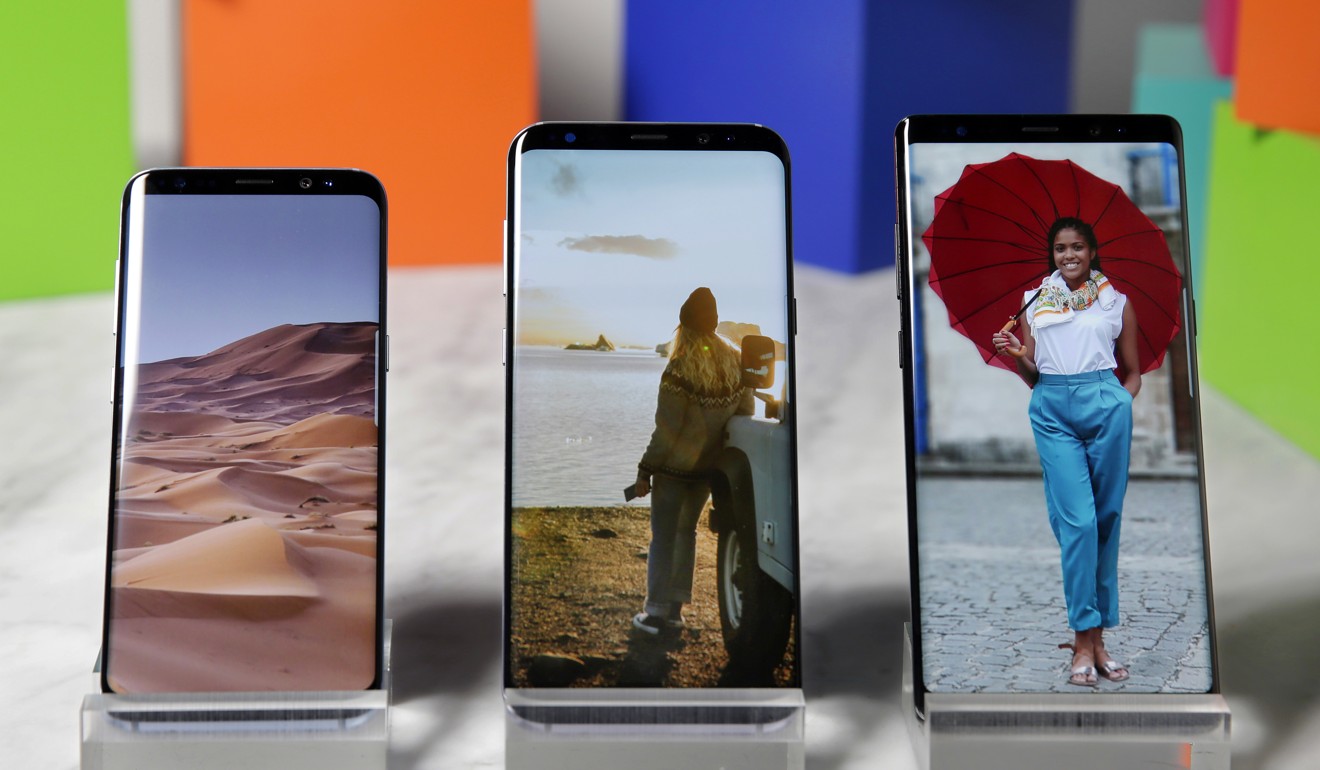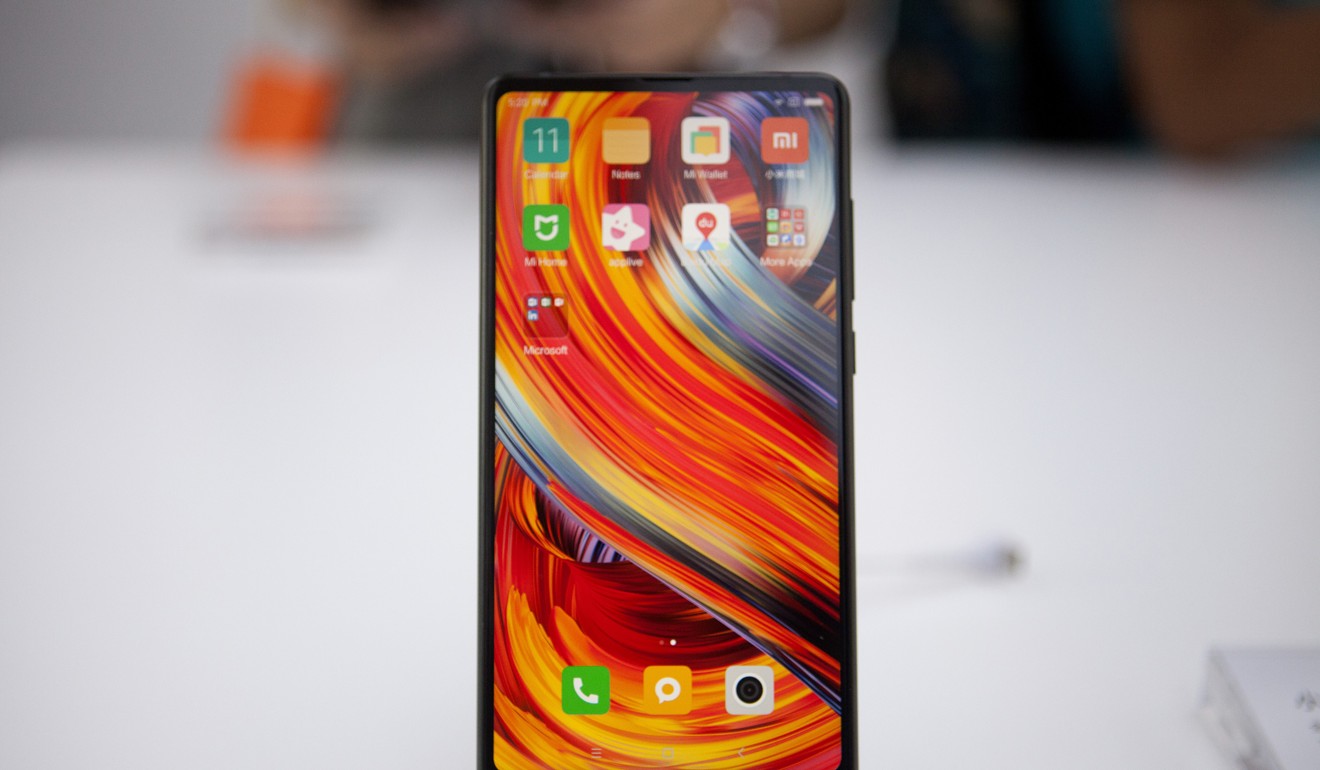
Why iPhone X doesn’t have much of an edge in looks – Samsung and Chinese manufacturers went bezel-free in spring 2015
If there wasn’t a collective gasp at Apple’s Cupertino headquarters on Tuesday when iPhone X was unveiled, that’s because its appearance is not novel
2017 is the year of the bezel-less phone. Ever since the Consumer Electronics Show and Mobile World Congress – two giant annual trade events at which mobile phone manufacturers show off their upcoming products – held respectively in Las Vegas and Barcelona at the beginning of this year, handsets with bigger screens yet slimmer bodies have been trickling onto the market. Apple’s iPhone X is just the latest arrival to feature edge-to-edge screen design.

So if you didn’t hear a collective gasp at the Steve Jobs Theatre in Cupertino on September 12 when the new model was revealed, that is because (well, other than the leaks before the event) the bezel-less look is nothing that we haven’t seen before. In fact, the US company has been a bit late in on that game.
I remember attending its local launch in April 2015 and everyone was drooling over the stunning curved edges along its body that were the key design feature of the S6 Edge.


Hong Kong mobile operators in price war as new iPhone is launched
This look took another big evolutionary leap forward when Chinese phone maker Xiaomi, known for mass producing affordable handsets, surprised the industry by releasing the Mi Mix in 2016.
December 2016: Xiaomi Mi Mix – some day all phones will look this way
While the S6 Edge still has bezel space at the top and bottom of the phone, the Mi Mix almost completely did away with those, boasting a 91 per cent screen-to-body ratio. (The iPhone 7, by comparison, has a paltry 65 per cent).

May 2015: Chinese firm Nubia launches ‘bezel-less’ Z9 smartphone after copyright dispute with Huawei
Even Sony jumped on the bandwagon last summer and produced one of its most beautiful handsets, the Xperia XA, which sports a narrow body (so it is easy to hold and operate with just one hand) and a screen that has no bezel on the sides. Shame about the phone’s massive forehead and chin, though.



Premium smartphone battle heats up with Apple event, new LG flagship’s release
With any phone it is the functions and software that really count, I hear some of you screaming already. Well, in the competitive market that we have today, with new models coming out every quarter if not more frequently, looks really are as important as substance.

